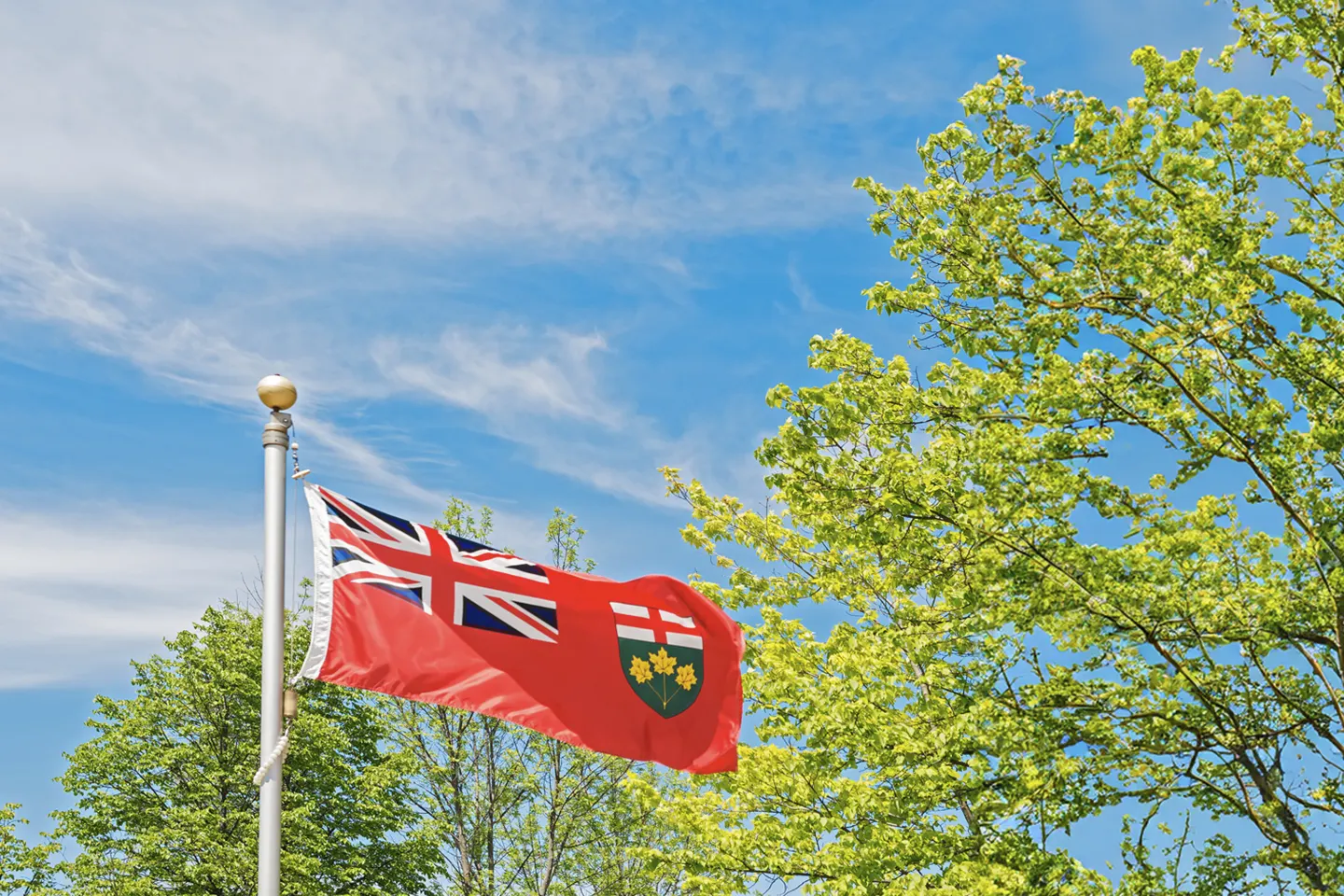Federal government accepts the Ontario Emissions Performance Standards (EPS) as an alternative to the federal Output-Based Performance System (OBPS)

This morning, the Ontario Ministry of Environment, Conservation and Parks (MECP) announced that the federal government has accepted the Ontario Emissions Performance Standards (EPS) as an alternative to the federal Output-Based Performance System (OBPS), which is the federal carbon pricing backstop that is applied in provinces that do not have an accepted equivalent system in place.
The EPS regulates greenhouse gas (GHG) emissions from large industrial facilities by setting standards for lowering emissions that facilities are required to meet. If an emitter does not meet its standard, it will have to pay accordingly. If a facility surpasses its standard through greater emission reductions, it can generate credits that it can then sell or trade to other emitters in the program.
The Ontario EPS was initially created under the Emissions Performance Standards Regulation (O. Reg 241/19) and came into effect in July 2019, but had yet to be enforced to avoid duplication with the OBPS until the EPS had received acceptance by the federal government.
Per the MECP, the goals of the EPS program are to:
- encourage the industrial sector to reduce greenhouse gas emissions;
- maintain competitiveness of Ontario businesses; and,
- minimize carbon leakage – the risk of production leaving the province for other jurisdictions with less stringent climate policies.
The federal government also announced it has accepted New Brunswick’s carbon pollution pricing system. It indicated today that the transition date for both provinces has yet to be set, and will be done so in consultation with Ontario and New Brunswick.
To that end, the federal OBPS remains in effect in Ontario and New Brunswick until the federal system is formally stood down. As such, all requirements under that system continue to apply, including the requirement for persons responsible for covered facilities to submit an annual and verification report for the 2019 compliance period by October 1, 2020. It remains unclear if the carbon liabilities accrued to date by facilities under the OBPS – that is, from January 1, 2019, to the date of the transition to Ontario’s EPS – will still be collected by the federal government as revenue and reinvested back into the province in which it was collected.
An additional note is that this week, the Supreme Court of Canada will hear appeals in three separate cases to determine if the federal carbon pricing legislation is constitutional or if it encroaches unacceptably on areas of provincial jurisdiction. The trial remains relevant in that it challenges the federal right to impose the fuel charge portion of the federal backstop system which will continue to apply in Ontario.
Our team will be monitoring these developments closely. Please let us know if you have any questions, or if we can help.


